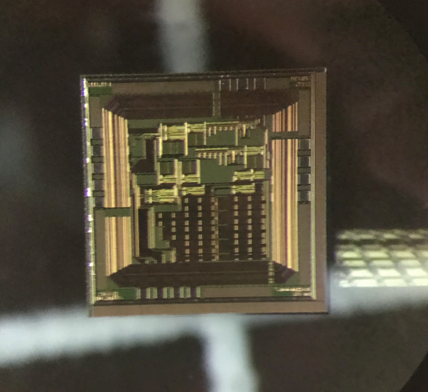The KAIST Institute for IT Convergence (KIITC) aims to activate interdisciplinary research of KAIST with major contributions of IT technology and create new engines of the national economy by developing the long-term competitiveness of exciting industries as well as new IT industries.
The core research areas of KIITC are B5G/6G mobile communications and wireless power transfer, IoT/WoT, and Integrated sensors.
KIITC consists of three research teams: the Communication & Energy Team, Intelligent Technology Team, and Integrated Sensor Team; there are three research centers: the Augmented Reality Research Center, LG Electronics-KAIST 6G Research Center, and Millimeter-wave Radar-Communication Research Center. The Institute has six core professors: Profs. Gyuseong Cho, Dong-Ho Cho, Daeyoung Kim, Songcheol Hong, Jun Kyun Choi, and Woontaek Woo. Each team and center is composed of professors, full-time researchers, post docs, and students not only from KAIST but also from other institutes and companies.
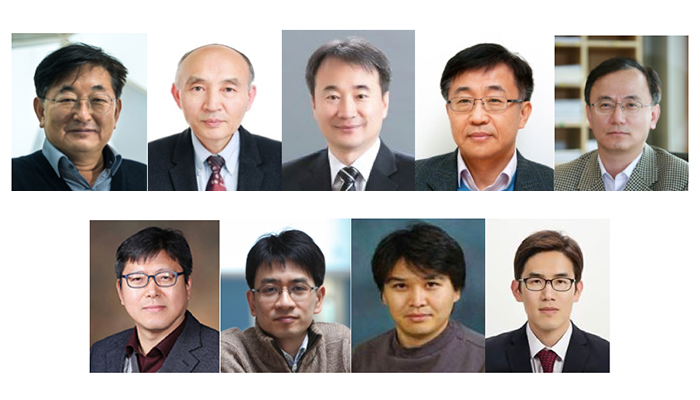
B5G/6G mobile communications and wireless power transfer technology
Communication & Energy Team (Team Leader: Prof. Ju Yong Lee)
Fifth generation mobile communication technology is based on hybrid beamforming technology, which has a scalability problem when supporting a large number of beams. In order to solve this problem, the Communication & Energy Team is developing a fully-digital beamforming technology that is expected to use B5G technology. Especially, this team is focusing on research of Digital-to RF Converter (DRFC) in RF module and low bit ADC-based beamforming algorithms in baseband modules.
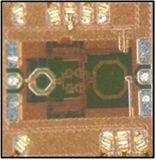

This team is also developing wireless power transmission technology using the self-resonance method and RF method. For the RF method, a rectangular array of wave guide antenna improved the beamforming performance and achieved 20% efficiency at 10m distance with 60cmx60cm transmit array antenna and 30cm * 30cm receive array antenna.
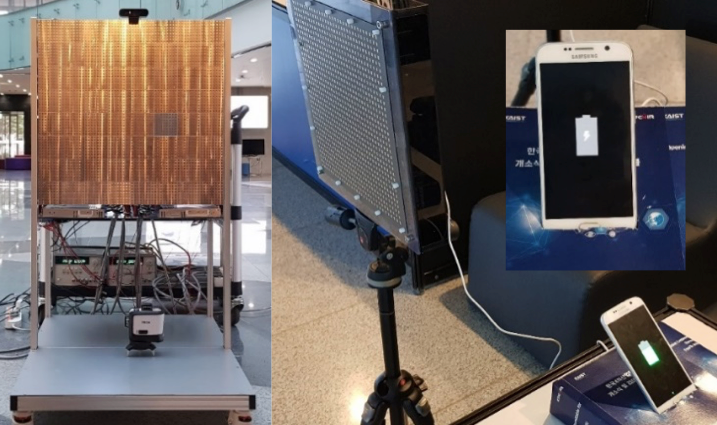
LG Electronics-KAIST 6G Research Center (Director: Prof. Dong-Ho Cho)
The LG Electronics-KAIST 6G research center focuses on the development of original technology and application technology for 6th-generation mobile communication systems. This center is conducting research on baseband, RF front-end, beamforming antenna, optics, and signal source Terahertz communication system. The center is also working on indoor wireless power transfer and invisible antennas.

Millimeter-wave Radar-Communication Research Center (Director: Prof. Songcheol Hong)
This center aims at a high resolution 4-D radar, for which a hybrid beamforming antenna array and chip set to support many antennas are developed. A unified system for both radar and communication with a new waveform will be studied. Also, algorithms for radar applications are being developed.
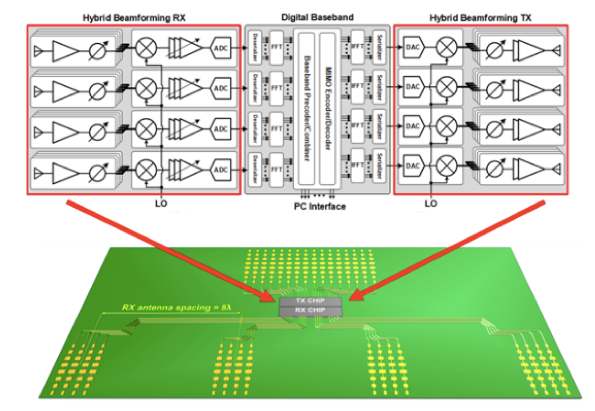
IoT/WoT
Intelligent Technology Research Team (Team Leader: Dr. Sungkwan Jung)
The Intelligent Technology Research Team is focusing on IoT (Internet of Things) technology that connects all the daily (physical or virtual) objects we interact with and provides up-to-date information and appropriate services to users. The IoT allows objects to be sensed and controlled remotely across existing network infrastructure, creating opportunities for more direct integration of the physical world into computer-based systems. IoT technology makes objects alive (sensing and controlling), intelligent (processing information by itself or with others), and cooperative (exchanging information with each other), and it provides users with smart mashup services.

Augmented Reality Research Center (Director: Prof. Woontaek Woo)
The Augmented Reality Research Center conducts research that investigates ways of augmenting the physical, intellectual, and social capabilities of humans. The Center approaches this work by creating virtual representations of users and spaces.
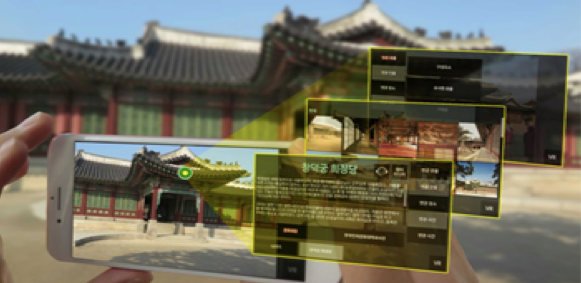

Integrated sensors
Integrated Sensor Team (Team Leader: Prof. Ho Jong Chang)
Recently, the medical device and service industries have applied IoT technology to their work and have dramatically increased demand from users. Moreover, this phenomenon is creating new markets in the industry. Now, the new markets require various highly accumulated unconstrained, non-invasive sensors for bio-signal measuring and processing.
Most of the information that we get is obtained using sensors. To diagnose diseases, demand for self- and early diagnosis using various sensors has been fast growing, and the requirements of development for unconstrained and non-invasive sensors through u-Health technology have been growing. A low-dose radiation detecting system can be realized through development of a photon counting linear detecting module using a high energy photon detecting sensor and image realizing technology. Also, disease can be diagnosed using various sensors. 3-D image sensors using millimeter wave can be used in radars of vehicles or robots and short-range motion sensors. This division’s target is the development of core technologies to develop various sensors such as those relevant to Pin/Coded Aperture Gamma Cameras, A-Si Flat Panel Detectors for Digital Radiography, real-time bio signal-measuring systems for multi-user using differential radar, ASIC for Analog to digital signal processing, etc.
